Summer style recs you haven’t seen on your feed (yet)
plus: the beauty and substance from a few favorite Bogotá Fashion Week shows
Let’s begin with my favorite Bogotá Fashion Week shows:
Alado
I’d like to think this is what Maria Grazia Chiuri was aiming for with her Mexican-inspired Cruise 2024 collection for Dior. But, of course, it didn’t land. Especially for people who considered it wasn’t her story to tell (and monetize for the conglomerate)
Fair. Although I wonder who is entitled to talk about what (especially in this age of information), and when that becomes censorship or policing. Although there’s the power dynamic aspect of the conversation too, which I am not ignoring either.
In any case, in the hands of Andrés Restrepo and Alejandro González—the designers behind Alado—the intentions, the clothes, the concept, and the story landed completely differently.
What did they do? They deployed fashion as a device to dig into memory, to re-signify symbols, to piece together versions of Colombian independence history that, for them, have been overlooked, or guided by official narratives that they wanted to question. In their words, the collection “La República” “embraces the ideals of the Enlightenment and Romantic art, translating them into garments that question and celebrate—reminding us that history, too, is woven, embroidered, and lived.”
To me, it all felt believable. And beautiful.

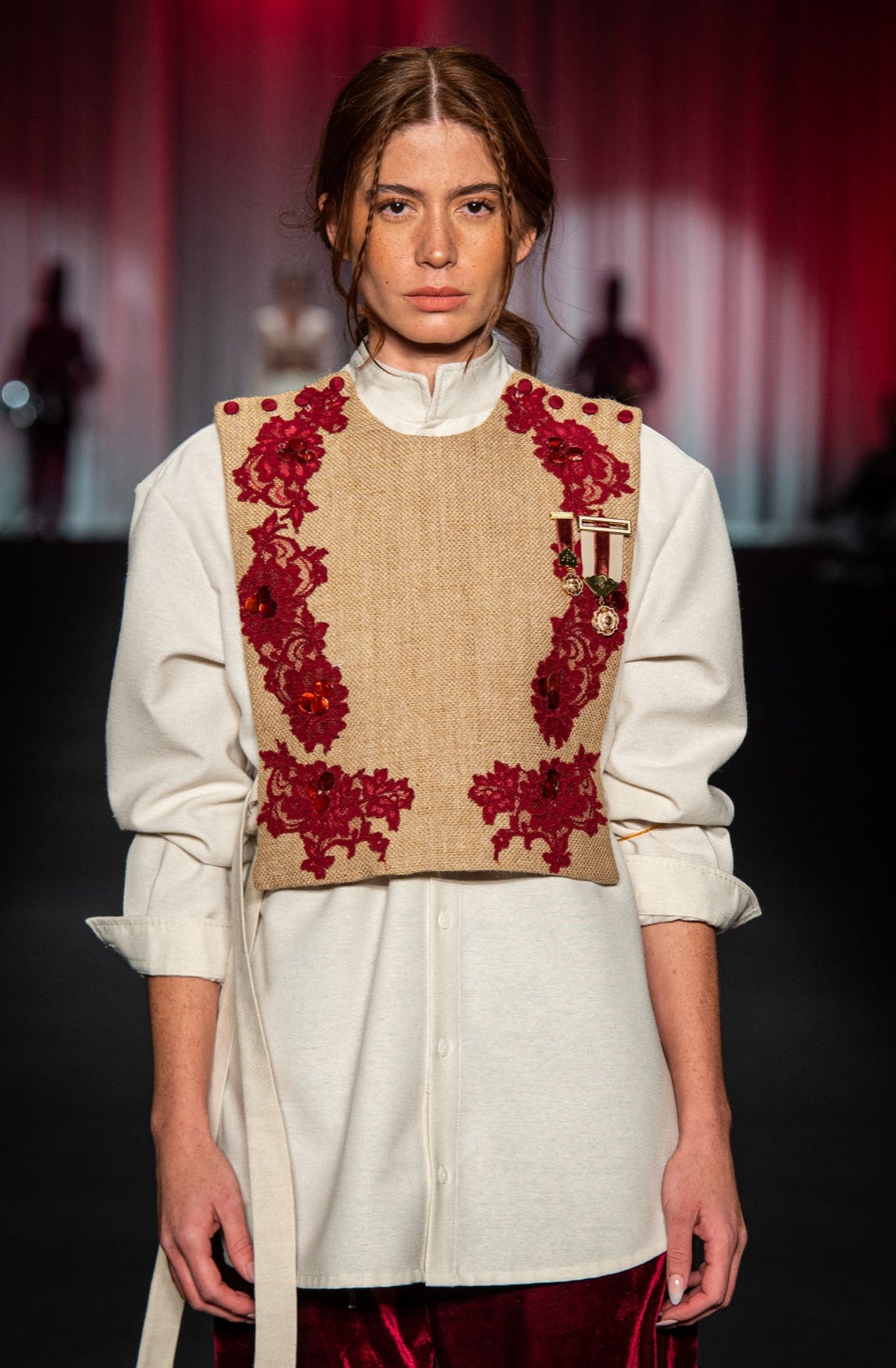



Jorge Duque
With silhouettes reminiscent of McQueen and that iconic Marc Jacobs collection for Louis Vuitton, the references land differently in Colombia, where narco-aesthetics still linger. Duque commented on it through the oversized hips, the sculpted waists, the big hair, the dramatic makeup, the whole sense of playful excess.
Jorge’s clothes were beautiful, but more than that—they pointed to a painful legacy we’ve learned to live with: the societal rot of narcotrafficking, which has seeped into everything, including our ideals of femininity. The show contained the tensions between class, beauty, and self-presentation—tensions that felt both celebrated and critiqued. The nuance (not meekness) matters: it says yes to adornment, yes to transformation, and yes to the complicated relationship we have with appearance—especially in a culture that so often polices it. But (to me) it also asks: where does real woman empowerment come from? And who is it really for?
CUBEL
The notes from Cubel’s collection “Entretejidos” read:
“This collection reviews some of the background and cultural exchanges between Colombian indigenous and peasant communities. The title of the collection carries an important symbolism between the cultural crossings of the Americas and Europe. It questions colonialism and how it sealed a pact in the memory of the territory, trying to completely break the possibilities of an autonomous cultural development from the ancestral roots, the value of the countryside, nature, botany, rituals, the effect of maps and the territory as a sacred symbol.”
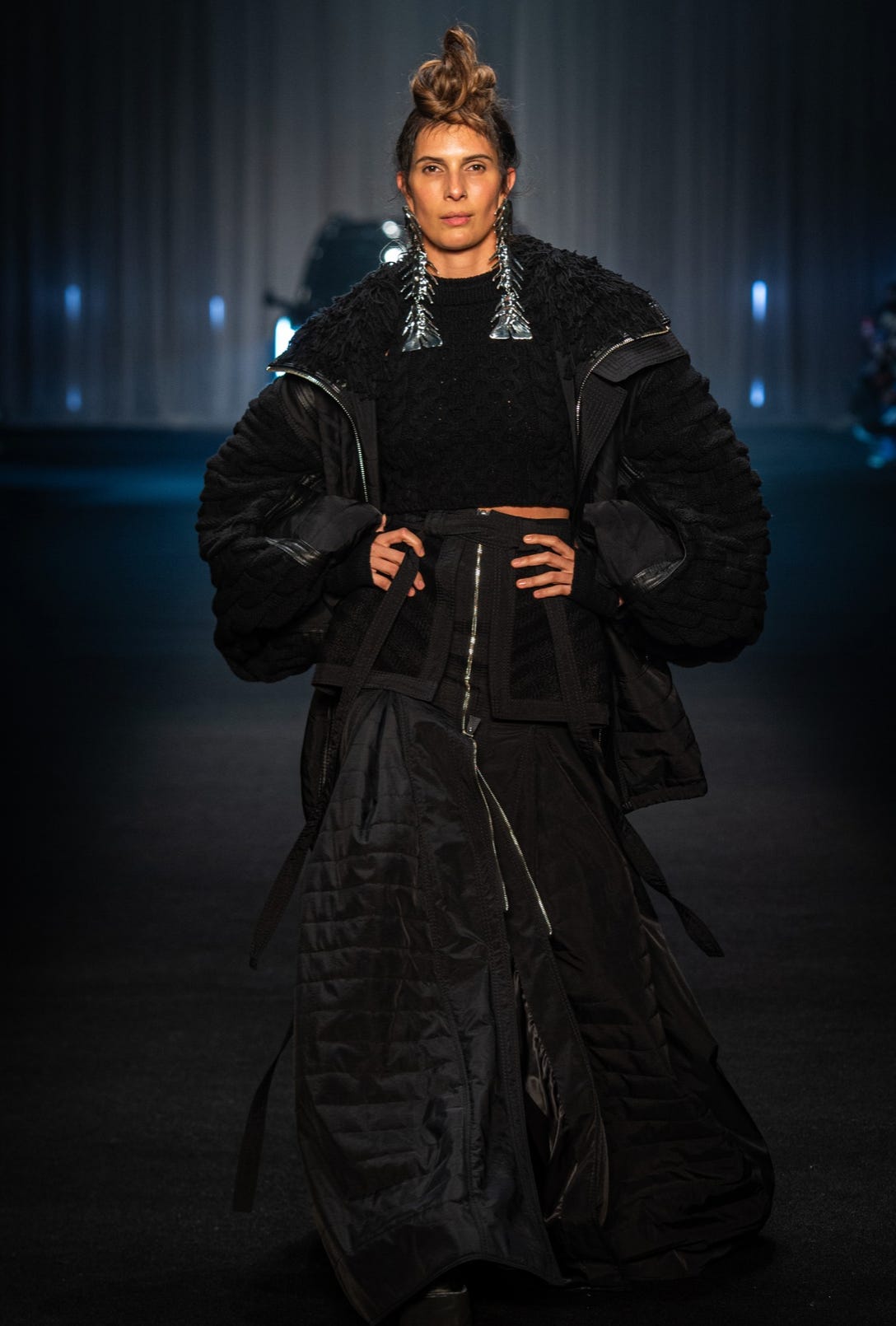
I have to confess I’m not fully on board with the totality of decolonial theory—especially when it operates on the same old power logic it claims to undo, a kind of “quítate tú pa’ ponerme yo.” Not that I think that’s what Cubel is suggesting. But setting that aside, what I admire about this collection is its honoring of ancestral techniques while offering something new: the recognition that artisanal doesn’t have to be stuck in time, that it can integrate with the avant-garde, and that a respectful alchemy between tradition and innovation is not only possible, but perhaps urgently needed.
One detail I couldn’t ignore: the military green palette. It struck a chord (viscerally) calling to mind, quite literally, a Colombian war we can’t seem to leave behind. One that feels stitched into both our past and our present.
We’re that, too.


CRISTIAN TULA
Simply loved the Japanese-inspired proportions, the textures of handmade natural fiber garments, and the very Miuccia styling (color!) Plus: well-made oversized shirts, which are hard to come by.
It made me genuinely excited, and I can’t wait to see how Cristian Tula continues to evolve his point of view.
Cubel, Duque, Tula, and Alado reminded us that Latin American fashion isn’t all resortwear, tropical prints, and palm trees—though to be clear, we do make killer resortwear and since we contain multitudes, and summer is in the air…
consider the following summer pieces I recommend from Colombian brands:
This fringe blazer from Palma Canaria:
this napa leather seed-shaped mini bag/necklace by Ballen:
also from Ballen, this antique vase-inspired basket bag:
this one-piece from Onda De Mar:
and this open-back one-piece from Mola Mola:
these kick-flare floral pants from Pepa Pombo:
these nylon pants from Maria Elena Villamil I’d wear to take my kids to Disney:
this cotton jacket from Laura Aparicio for those restaurants that love to blast the a/c in the summer:
this eyelet fabric scarf from Pepa Pombo:
or these embroidered mantas by La Petite Mort:
this taffeta top from Amodomio:
these short shorts from Agua by Agua Bendita:
these board shorts from Mayorga:
This dress by Sixxta
this raw Colombian/certificated emerald and natural pearl necklace from Fenomena:
this $138 emerald charm:
these sunglasses by MAZ Manuela Alvarez, handcrafted from recycled skateboards:
And this striped shirt belt also by MAZ Manuela Alvarez:
See you next friday <3,
Laura





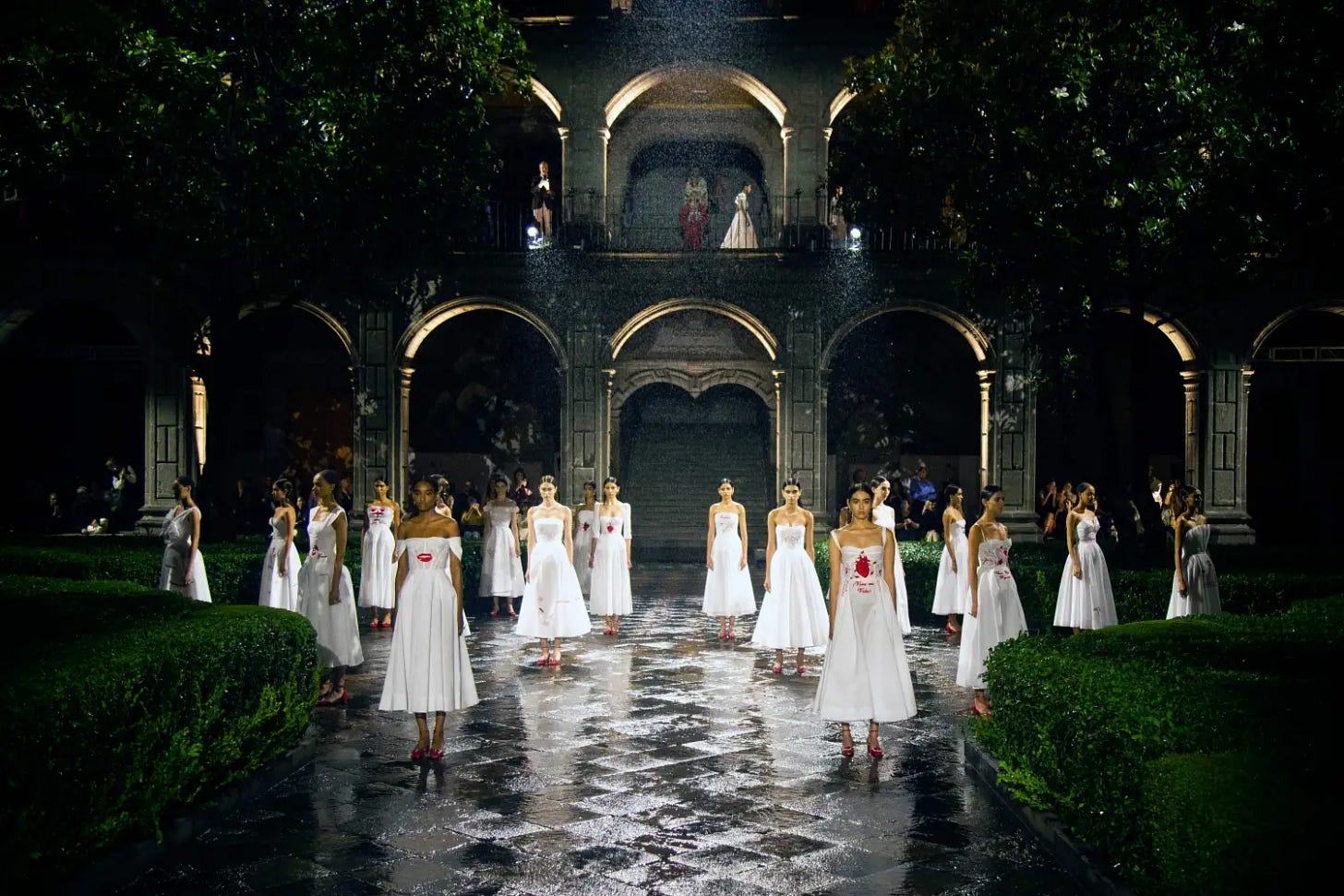








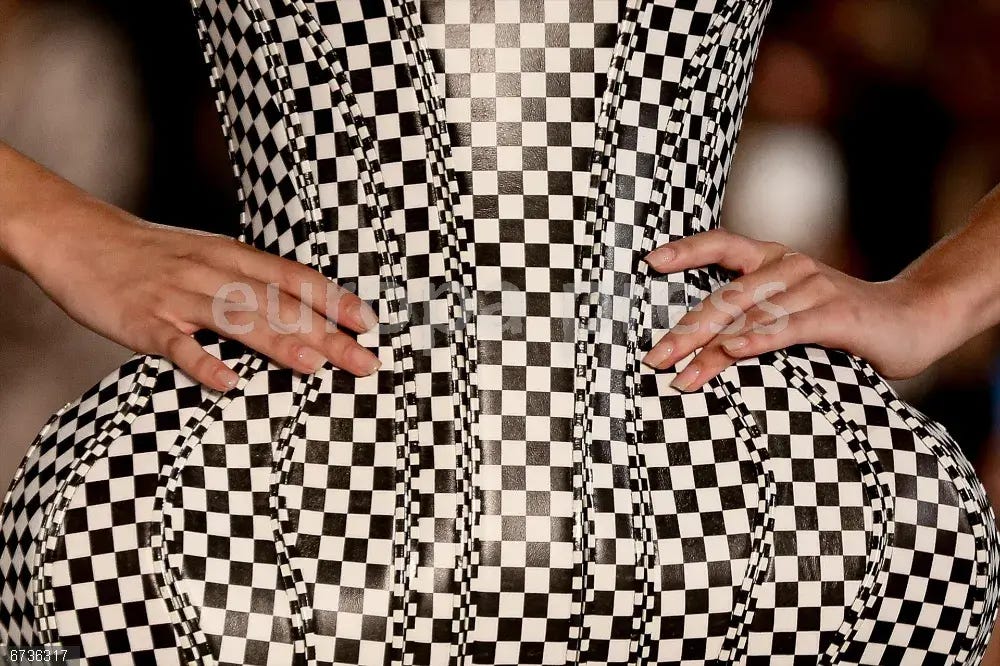
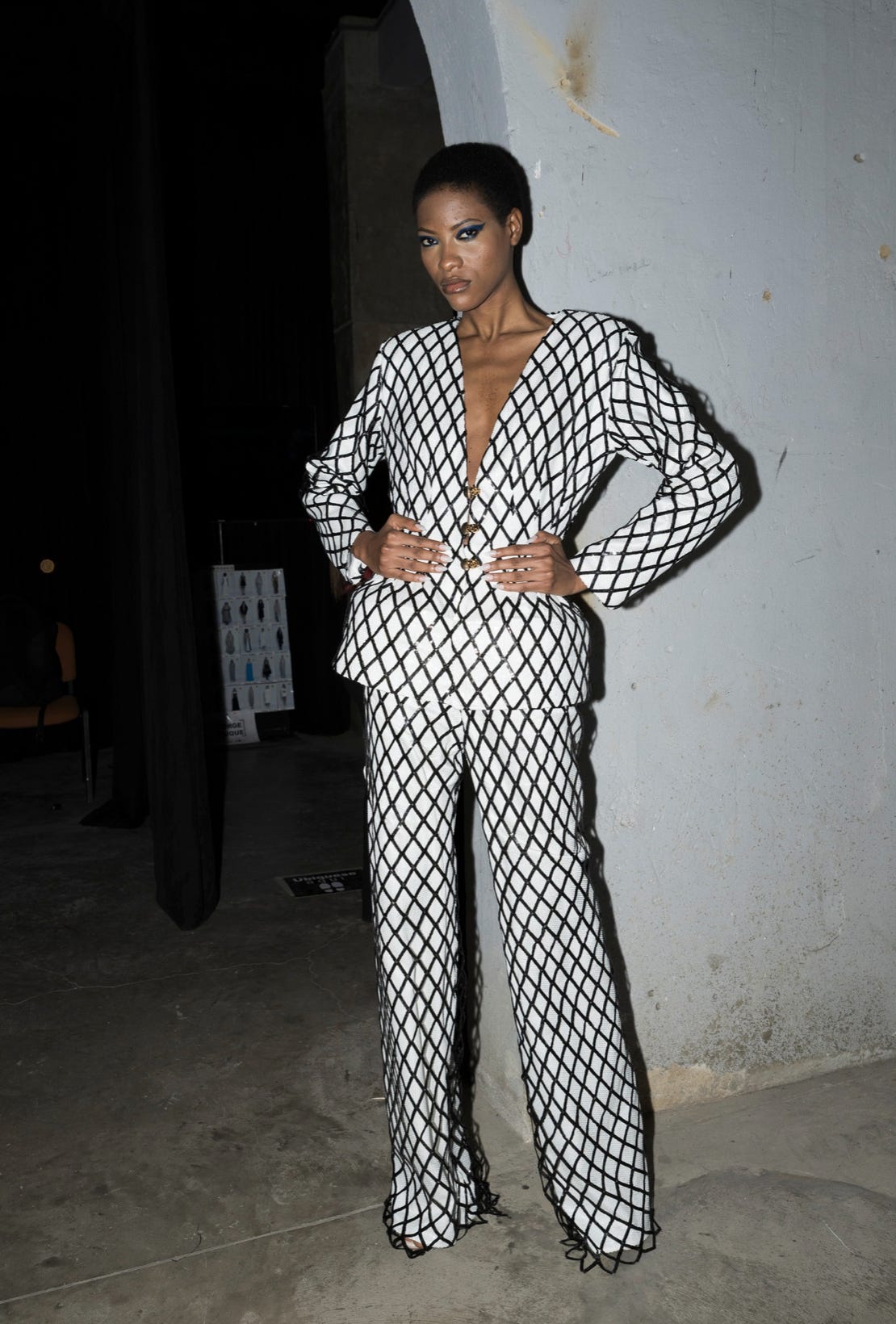







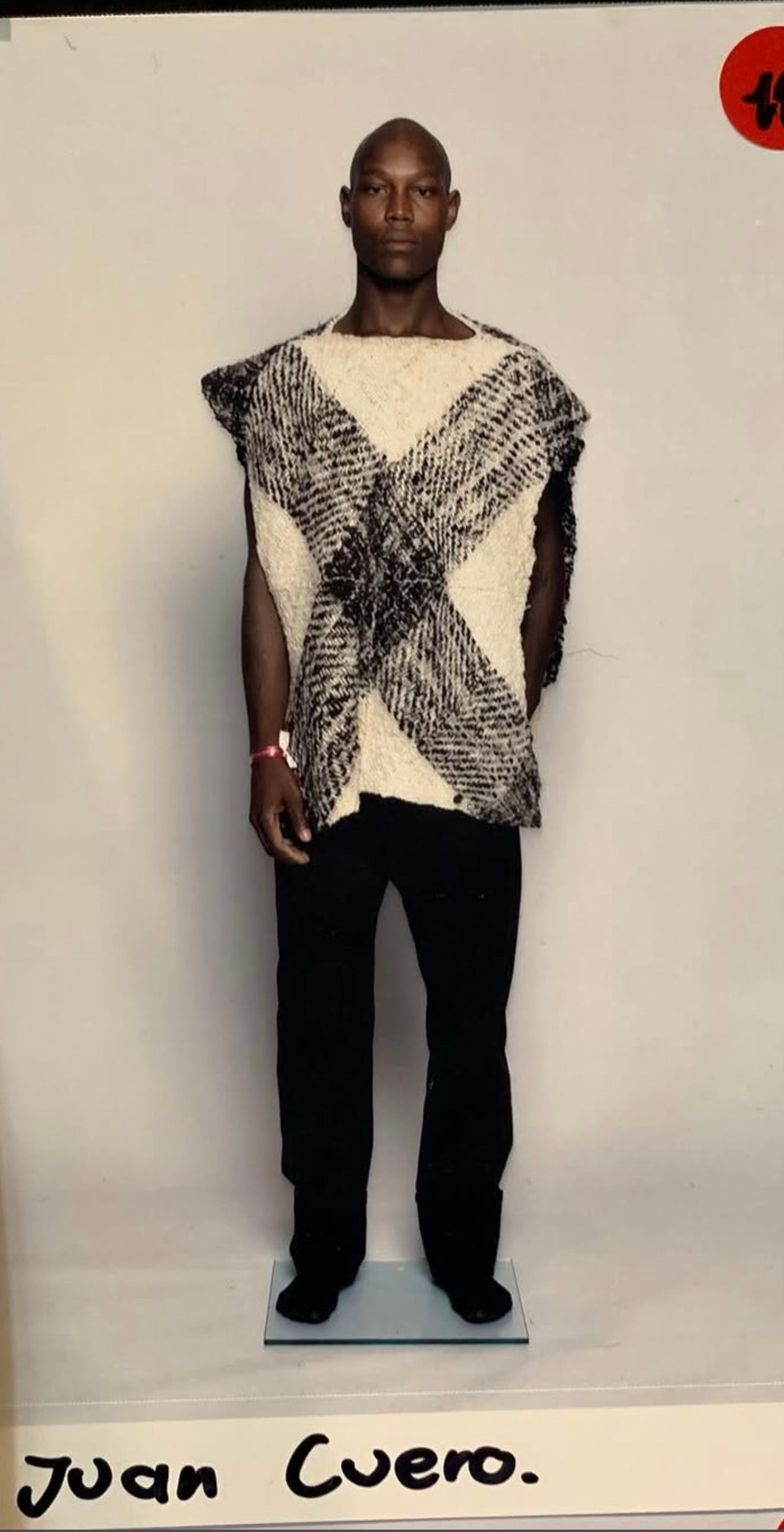
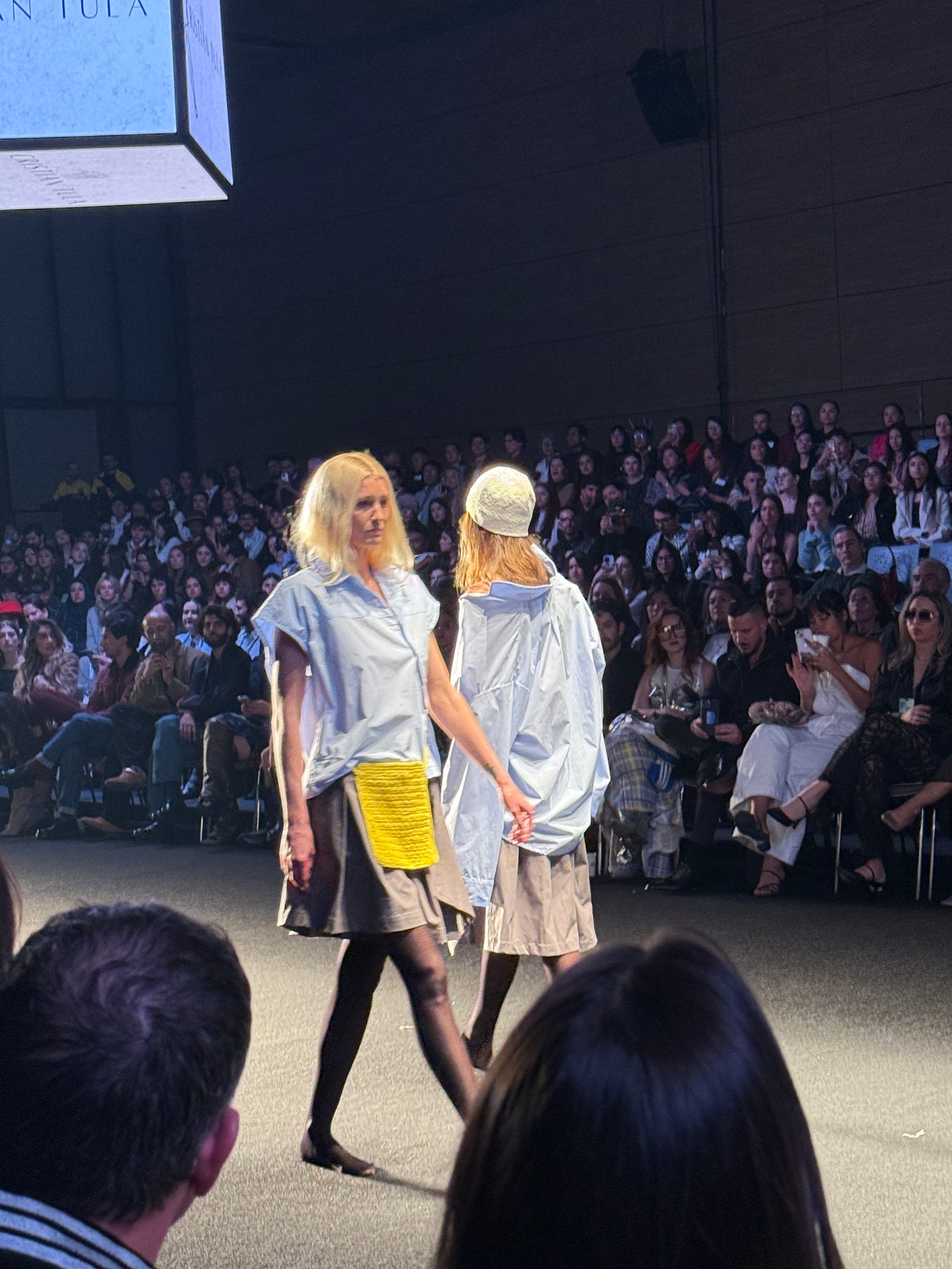
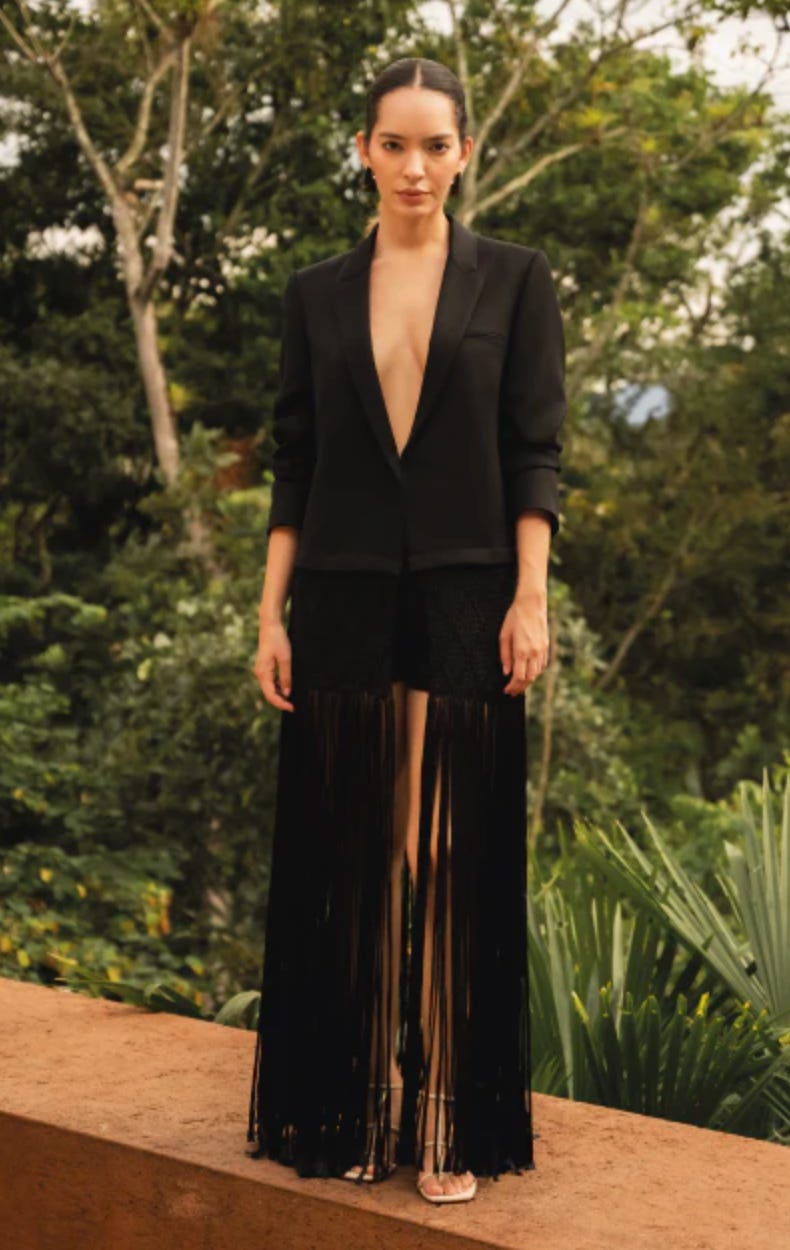

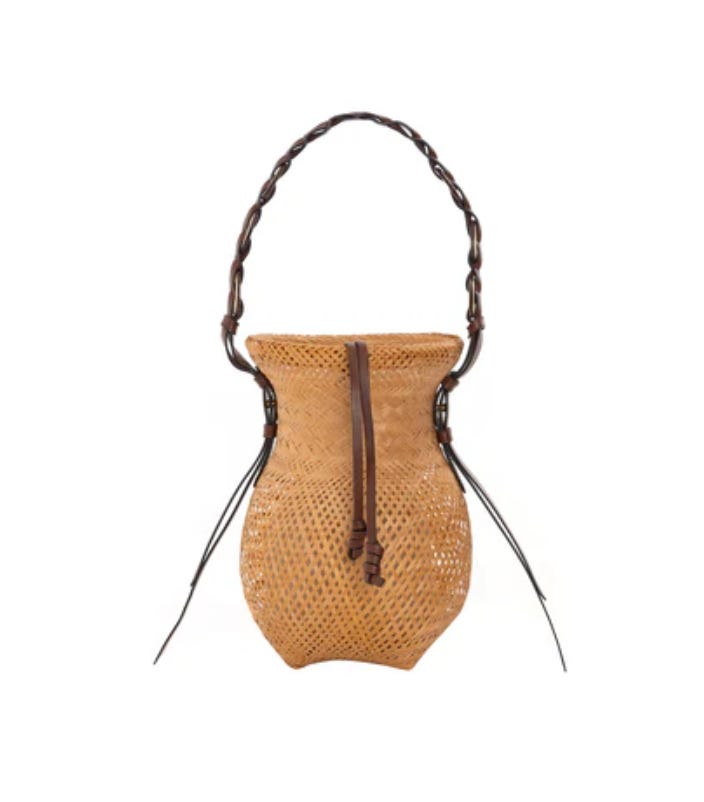

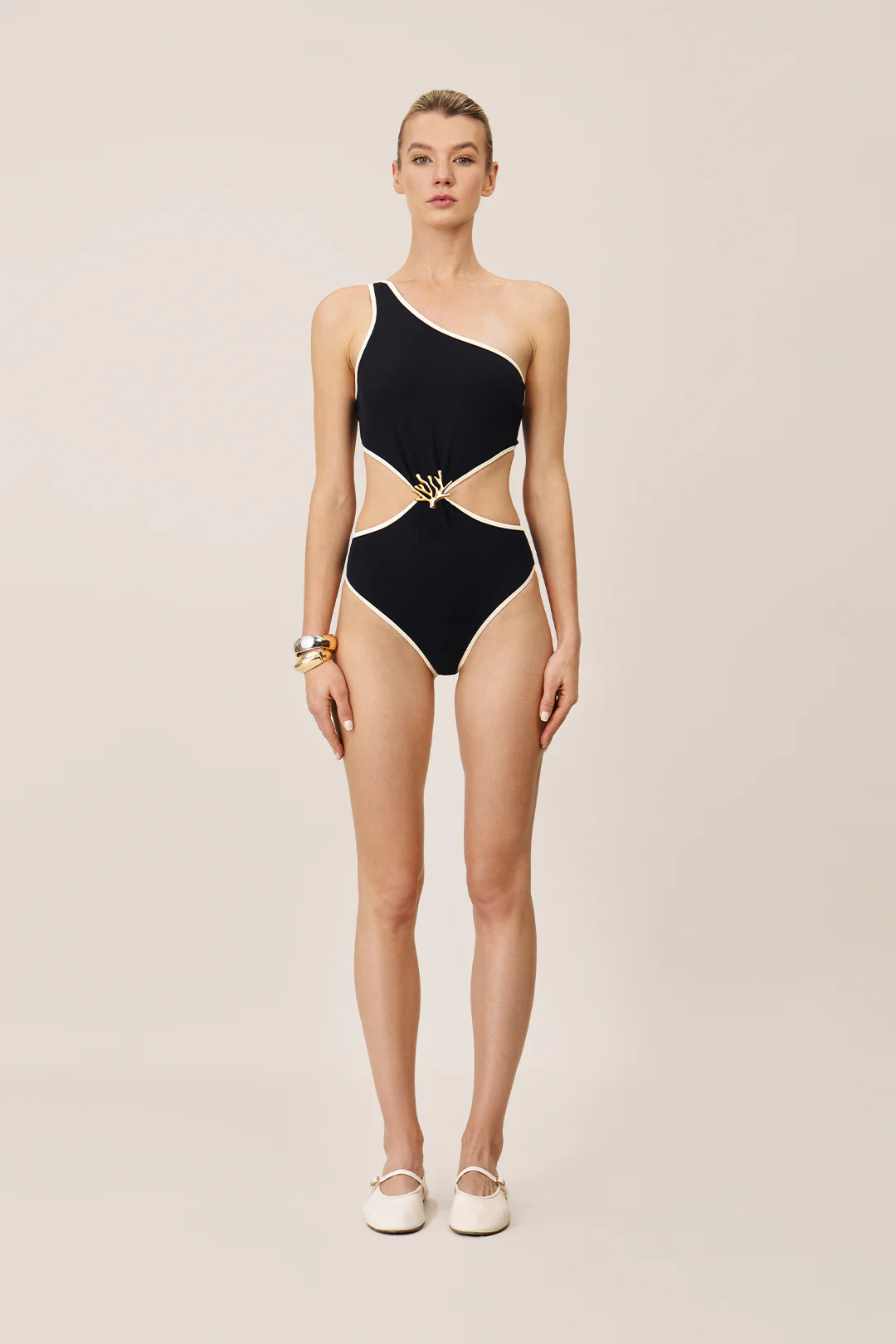

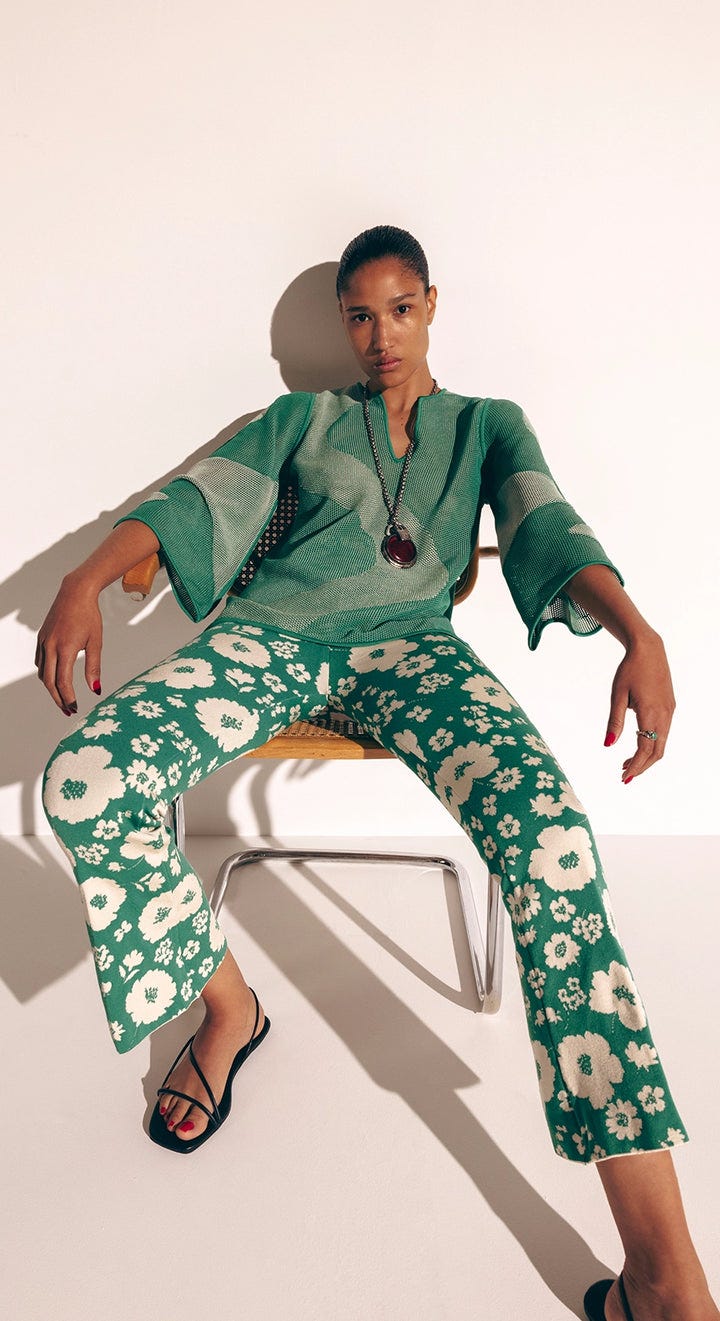

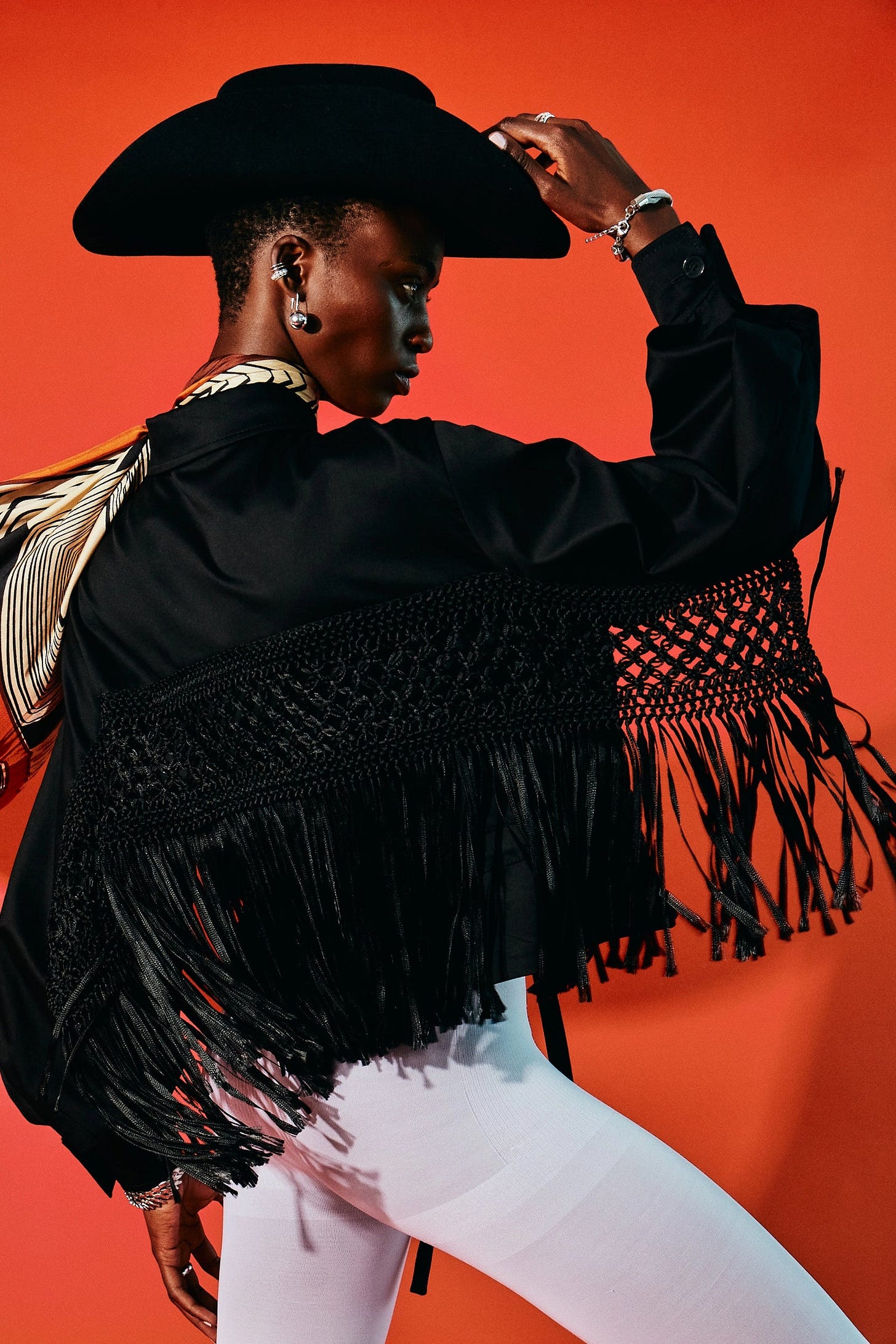
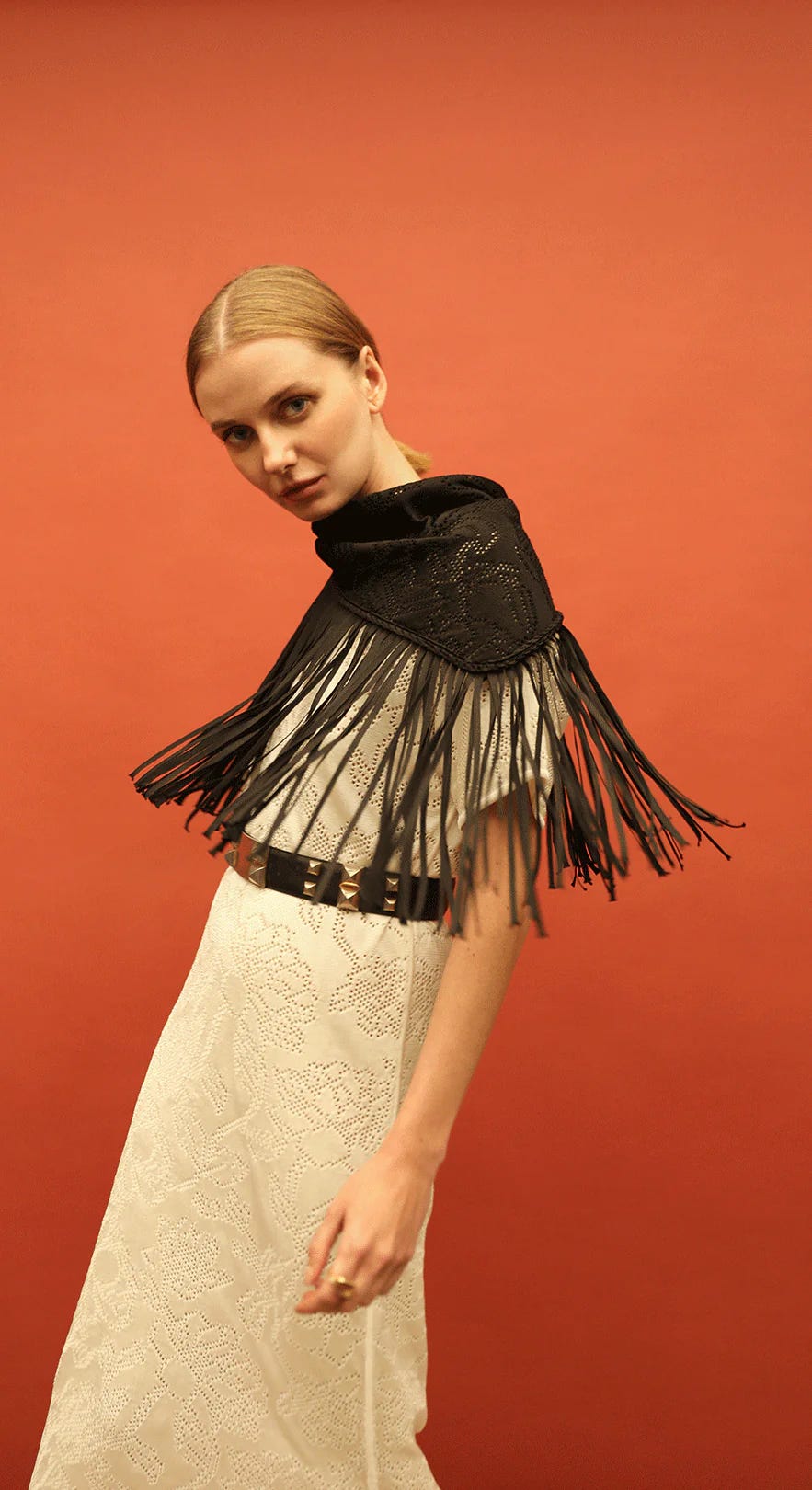


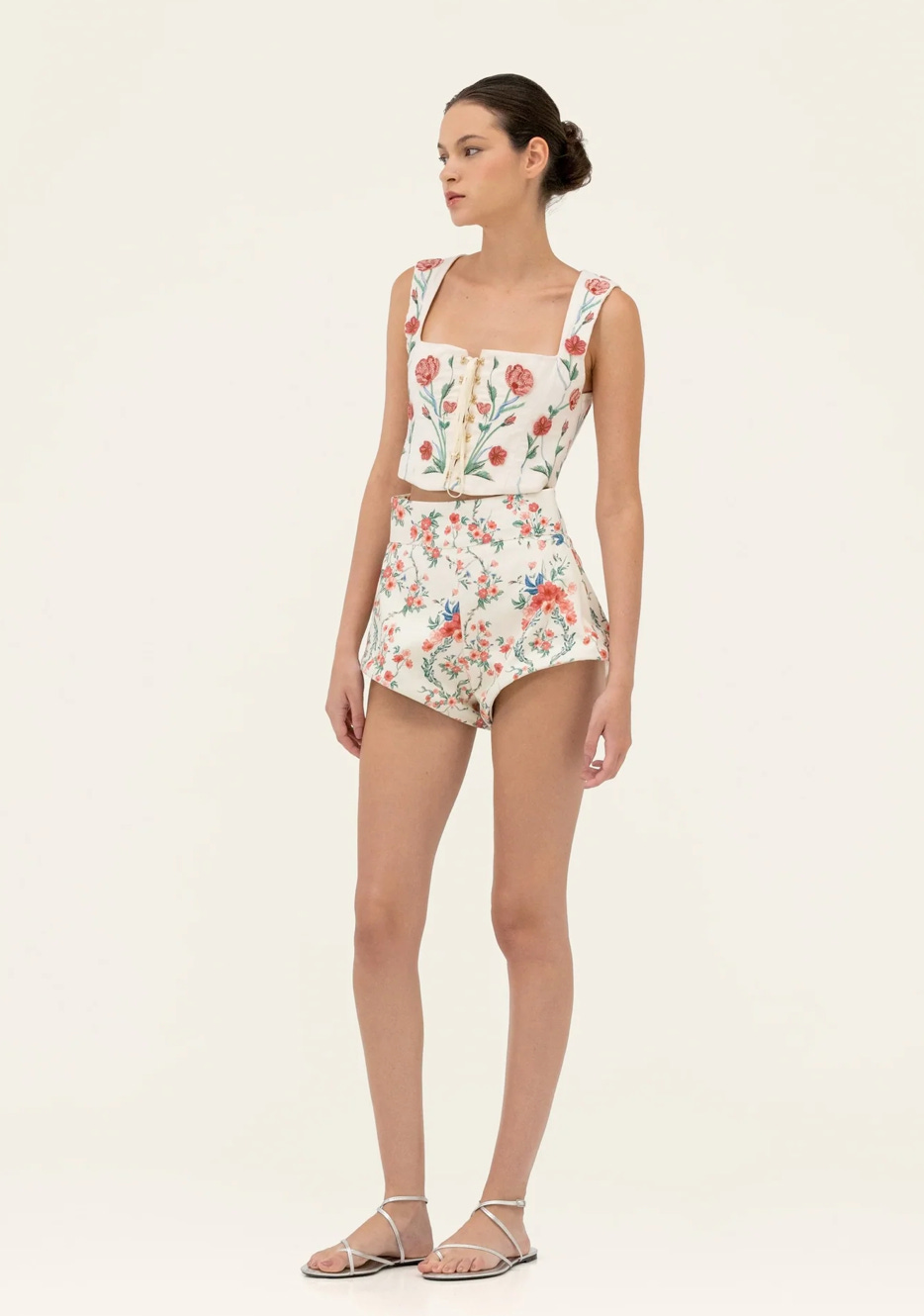


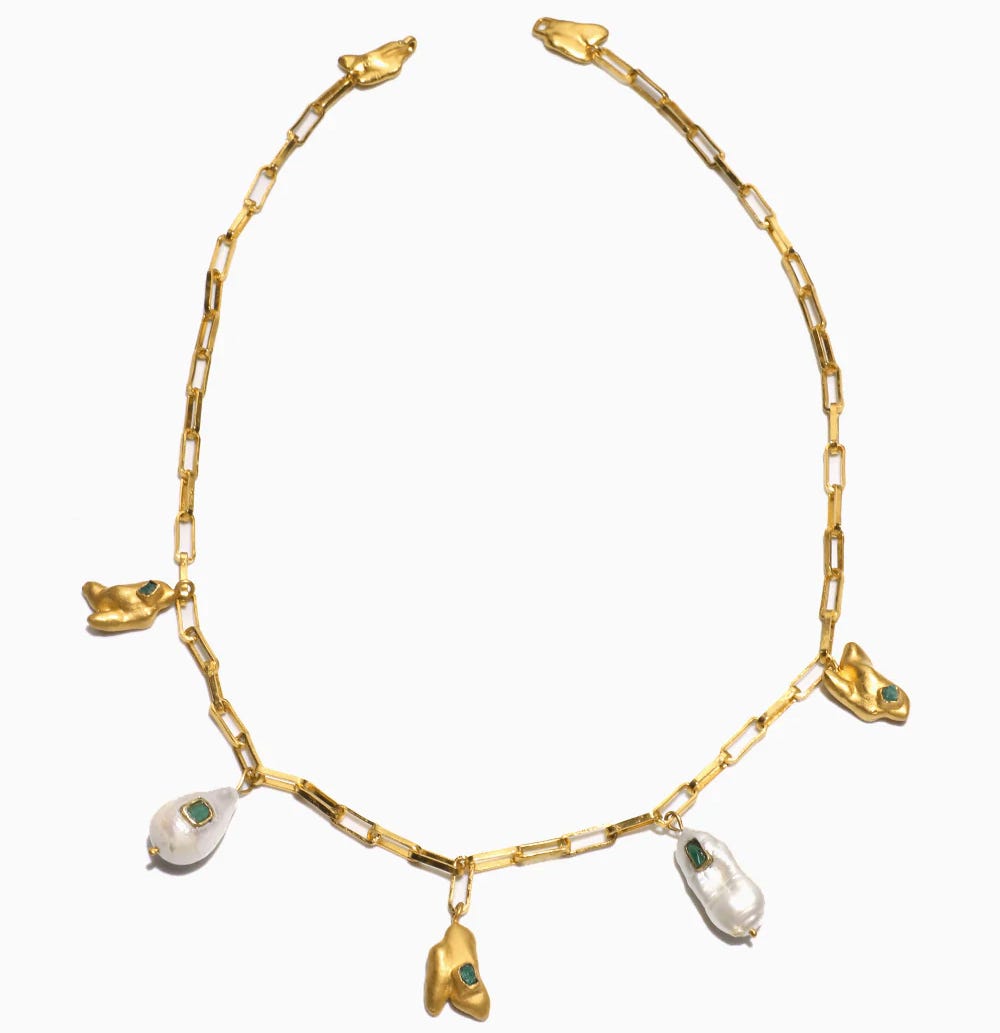





Thanks for sharing. So much inspiration here.
Your voice is so uniquely you. I’m always so inspired and impressed by your ability to weave in such thoughtful, insightful, worldly topics into your posts. Thank you for sharing your gift with us.